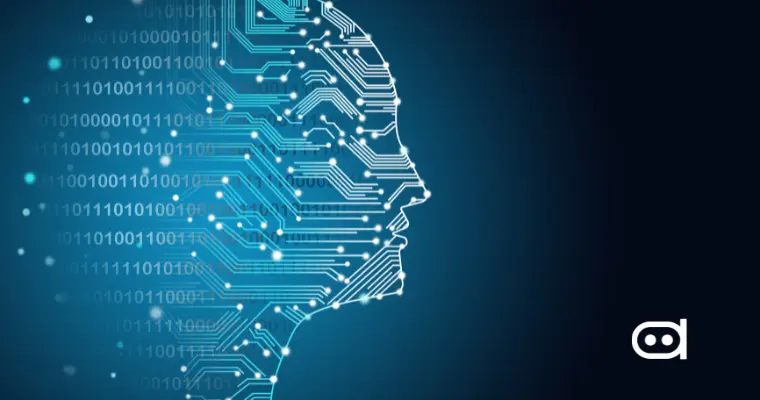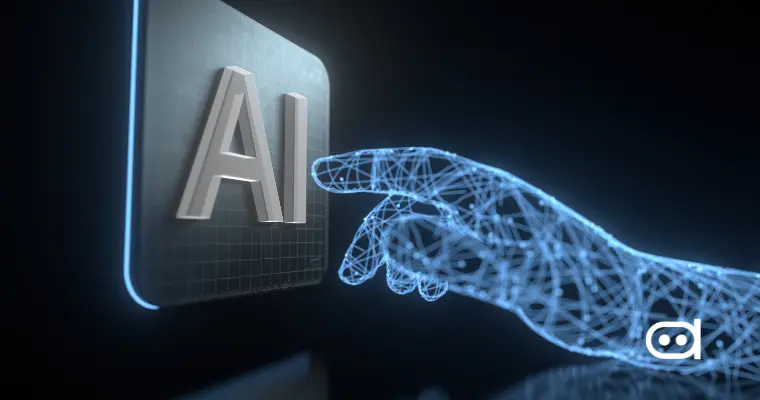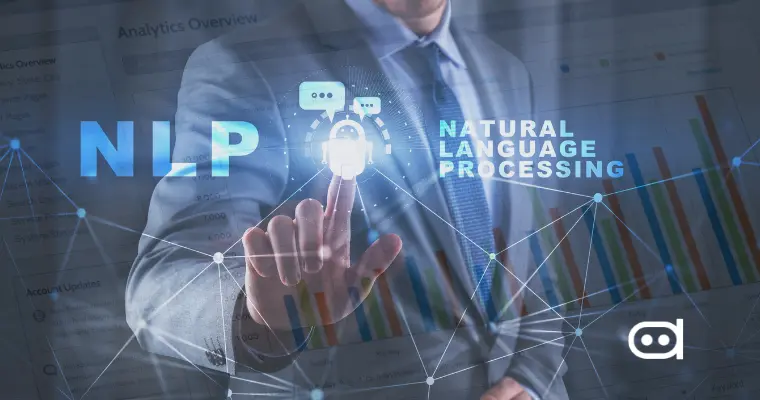
DeepSeek AI, an emerging start-up from China, is now changing the scenario as global AI chatbot positioning has been centered around such Western companies as OpenAI’s ChatGPT, Google’s Bard, and Microsoft’s Copilot. Developed by the innovative minds at DeepSeek-R1, this advanced chatbot is more than just another alternative; it’s rapidly emerging as a disruptive force in the global AI ecosystem. With multilingual capabilities, real-time data analysis, and seamless enterprise integration, DeepSeek AI is challenging the dominance of U.S.-based models while navigating China’s strict regulatory environment with ease. However, is this truly the next giant advancement or just a regional heavyweight making some noise worldwide? A study will be made here on its complex details and its influence on the AI market and prospects for occupancy in the game of top AI tools.
What Is DeepSeek AI and What Makes It Unique Among AI Chatbots?
The DeepSeek AI shall probably be dubbed as a robot designed for conversation that challenges the ChatGPT-and-Bard capitalist monopoly. It is not the otherworldly computing speed or intelligence of DeepSeek but the change DeepSeek is inclined to effect on the AI chatbot dimension by technological breakthroughs, multilingual depth, and adaptability to regulations.
Unlike most chatbots, which falter at handling complex queries, DeepSeek AI, on the other hand, scores high on prompt complexity coupled with a fast response time. Real-time data analysis with integrated AI moderation guarantees that the answers are accurate and relevant to the context, especially in sensitive areas such as finance, healthcare, and legal.
Another major differentiator is its multilingual fluency, covering not just global languages but also regional dialects like Mandarin and Cantonese. This makes it ideal for international businesses and enterprises operating in multilingual environments—an area where most Western tools lag behind.
Additionally, DeepSeek’s API integration framework allows seamless deployment within existing systems, making it attractive for organizations looking to enhance both customer experience and operational efficiency. Combined with a hybrid training method of supervised and reinforcement learning, DeepSeek is not just another chatbot — it’s a scalable, intelligent platform built to adapt and evolve with user needs.
Through these innovations, DeepSeek AI is steadily carving out a significant footprint in the global chatbot market, offering enterprises a serious alternative to long-established players.
Meet the Minds Behind DeepSeek AI
DeepSeek is an AI-made work of DeepSeek-R1, an artificial intelligence company based in China. Established by a small elite group of aging research scientists and engineers, DeepSeek-R1 has quickly made an impression on this AI landscape. Experts in machine learning, natural language processing, and data science lead the company. Most of these experts have been instrumental to the unique success achieved by the best technical companies and institutions around the world.
The company’s longest visionary ambition is that AI technology will be credible to all businesses and mainstream users globally. DeepSeek-R1 invests massively in R&D in a bid to have AI solutions that would be incredibly powerful, fairly accessible and user-friendly at the same time. Innovation and excellence are exactly what define DeepSeek-R1.
How China’s DeepSeek Shook up US AI Markets
DeepSeek AI’s emergence has sent ripples through the US AI market, raising concerns over competition, regulation, and innovation. One of the chief reasons behind this disruption is that DeepSeek operates efficiently under China’s stringent regulatory conditions. This gives it a competitive advantage in markets where complying with local laws remains a major challenge.
The U.S. technology sector is increasingly worried that DeepSeek may outstrip American companies in innovation and market share. The Reuters report states that DeepSeek’s rapid ascent has exposed weaknesses in American AI regulations and export controls. For instance, one rigid interpretation of U.S. restrictions on chip exports to China would argue that they were ineffective in slowing Deep-Seek’s rise since it quickly developed its proprietary hardware solutions. This is fueling an increasing call among some policymakers in the United States for a more cohesive strategy for AI regulation and innovation. Some experts believe that the U.S. should invest more in AI research and development to maintain competitiveness. Others see a beneficial scenario under U.S.-China government collaboration.
How Does DeepSeek Handle Censorship in China Vs. Globally?
Censorship is a crucial issue, especially with AI chatbots like those in China, where there are very rigid regulations controlling the way in which content flows on the Internet. The DeepSeek AI has a high-level solution with which it tackles censorship- that is, keyword filtering plus online tailoring by AI moderation. DeepSeek is in good standing with the Chinese Communist Party by fulfilling the laws on the Cyberspace Administration of China (CAC) and stripping politically sensitive subjects out of their content, as well as by fulfilling the interim guidelines on AI services effective this year.
DeepSeek, on the other hand, is a bit flexible on almost everything internationally, attending to jurisdictions like the General Data Protection Regulation (GDPR) in Europe to the AI Act in the USA and EU, which address two different customer bases. The irony, though, is that many users have had the bitter experience of asking queries, only to have DeepSeek admonish them and fail to provide an answer: a classic case of its self-censorship.
The Future of AI Chatbots: Can DeepSeek Lead the Next AI Wave?
As the AI chatbot market develops, DeepSeek AI is in an excellent position to lead the next wave of innovation. The company’s distinctive features, robust regulatory compliance, and ability to navigate complex market dynamics confer a strong competitive edge. However, adoption in different territories and competition from the old guard remain major challenges.
The coming developments will probably see AI chatbots influenced by real-time data processing, multilingualism, and principles of ethical AI. DeepSeek AI’s capabilities suggest that it may have a prominent place in shaping the industry’s future. Whether it will maintain its inherent momentum to forge ahead successfully remains to be seen, but one thing may be unequivocally concluded—DeepSeek AI is a mighty force in the AI chatbot revolution!









